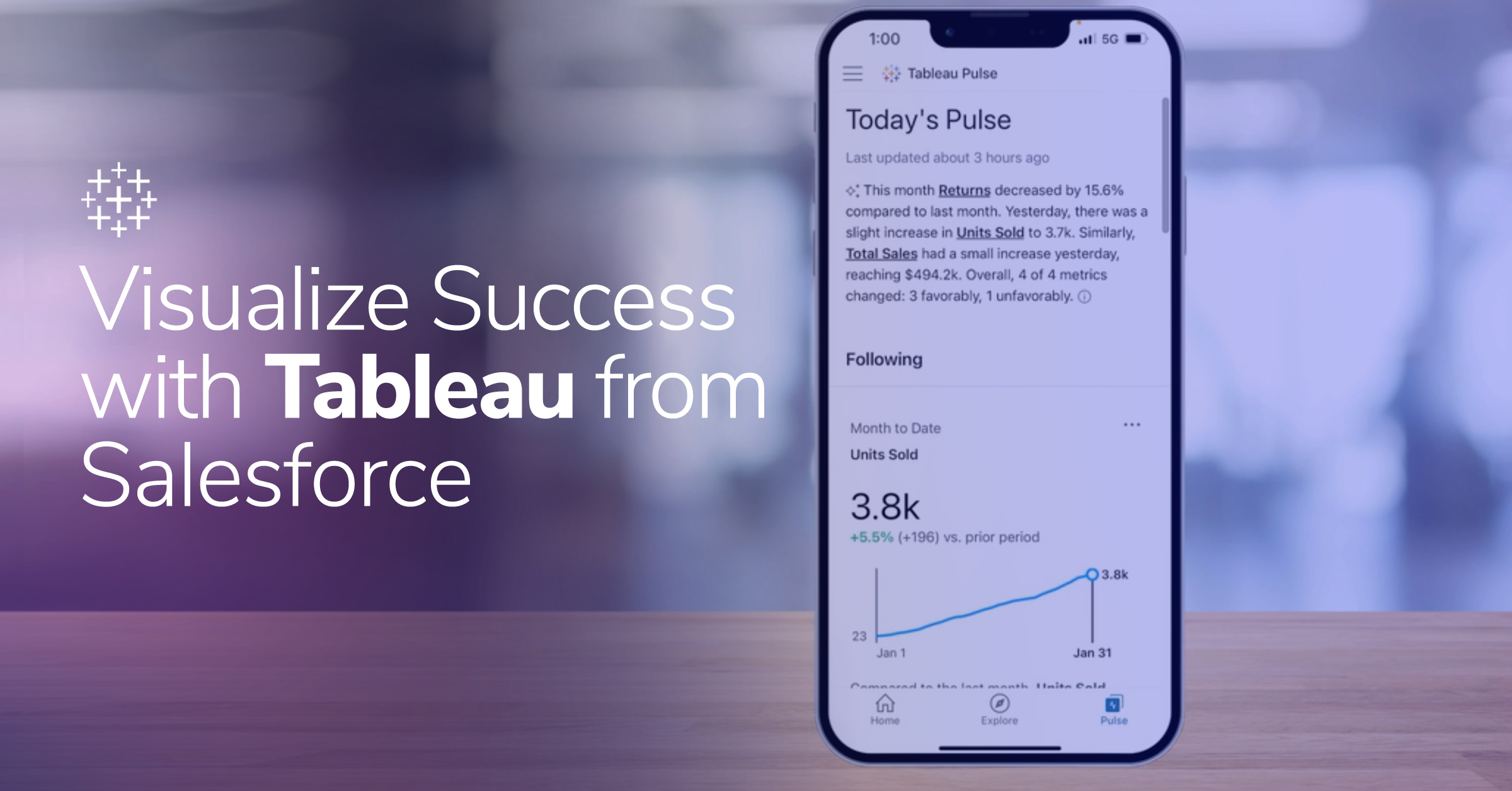Online Holiday Recap
So here I am in Atlanta, finishing up at the First Look/Shop.org conference.
I was pretty disappointed that there were no sessions on web analytics, although the analytic software vendors were here in force. (You should have seen the WebTrends ice sculpture at the Atlanta Aquarium.)
The holiday recap, moderated by Chuck Davis of Shopzilla, was among the most interesting of all the sessions. Shop.org did a multi-phase survey of 110 vendors and 2000 consumers to measure success of the 2005 online holiday shopping season and to see how well their predictions, made a year ago, held up. Davis reviewed the survey, and the season, with three analysts (Zia Daniell Wigder from Jupiter, Carrie Johnson from Forrester and Gian Fulgoni from ComScore). Three retailers joined him too(Steve Goldsmith from Amazon, Andrea Gulli from J. Jill, and Robert Myers from QVC. So one was a pure play retailer, one was a mixed channel retailer, and one was a pseudo-cataloger/e-tailer mix.) Here’s what Shop.org found and what the panelists had to say:
- Women continue to shop more than men online – almost two thirds of online shoppers are female.
- 81% of consumers have broadband, and dial-up has dropped by 11 percentage points in one year. (No surprise there – I found that when looking at the analytics of my customers.)
- Here’s a surprise: Over 8 out of 10 consumers shopped online at home during the holidays. (This one was debated by the analysts – Nielsen’s research shows at home/at work shopping split pretty evenly during the holidays. Customers who shop at work are often reluctant to admit their use of company time or company computers, skewing the results.)
- Entertainment, electronics, apparel and toys were the categories that consumers indicated they had purchased more of compared to the last holiday season.
- Cyber Monday, Nov. 28, made up only 9% of total online holiday sales. The biggest day was actually Monday Dec. 12, which comprised 20% of all holiday season sales. The analyst from Comscore concurred with that result, and the Amazon panelist, who was incredibly unwilling to share much hard data, did admit that Monday the 12th was the biggest day at Amazon.
Moving on to predictions vs. actual:
Prediction #1, Growth. Last year, the analysts predicted growth as low as 15% (Forrester) and as high as 26% (ComScore.) Actual growth of holiday online sales was about 25%.
Predicton #2, Customer satisfaction. Analysts predicted satisfaction to be about the same or lower. Shop.com reported that satisfaction hit record levels, especially among the customers that they interviewed right after the holidays. They pointed out that record number of orders were placed during the last week before the holidays, because customers trusted that the gifts would arrive. However, some of the attendees around me doubted that satisfaction was up, or at least, up strongly.
Prediction #3, Free Shipping. Earlier predictions were all over the board: a year ago, Forrester felt free shipping would rear its ugly head but few would provide it, while Jupiter thought it would matter more than ever. In fact, free shipping without conditions continues to be the most popular promotional offer for influencing conversion, followed by free shipping with conditions (e.g. minimum order size, free shipping on certain items, etc.) 74% of vendors plan conditional free shipping in 2006 (that number probably includes vendors with unconditional free shipping too, but wasn’t broken out.)
Prediction #4, Margins will suffer this year. In fact, 40% of surveyed merchants said margins stayed the same and 47% said they increased. So, if you believe the numbers, 87% did not see margins get squeezed. On the other hand, they only surveyed about 110 vendors, so all of 14 were willing to write, “My margins decreased somewhat or significantly” — now how statistically significant is that?
Prediction #5, Retailers will discount early but customers will still wait until the end of the holidays to shop. This looks like the prediction that hit the mark – about 30% of consumers started shopping online earlier this year.
Prediction #6, Paid search will be too expensive by holiday ’05 so the real winners will be the retailers who are optimized organically. In fact, the retailers on the panel did not feel that keywords were too expensive, and the survey showed that 86% of retailers found that paid search drove traffic effectively, while only 44% found that SEO was most successful driving visitors.
Prediction #7, Pure online brands will hold their own but multi-channel retailers will post the highest growth. In fact, online-only had the stronger revenue growth – 77% of online retailers reported growth of 30% or more, while 70% of multi-channel vendors reported the same. (Now let’s think about the sample size. If they used only about 110 retailers, of which half were pure play and half were multi-channel, that’s 55 retailers per group. 70% of the 55 multi-channel retailers makes 38 retailers. 77% would be 43 retailers, a difference of five companies. How significant is that?)
Prediction #8, Christmas falling on a Sunday would encourage last minute online shopping. This seemed to have a little ring of truth to it — in 2004, 7% of customers had not started their online shopping until the last week, and this past year, 10% did not start until the last week. (The male Shopzilla moderator mused that men are guilty of waiting until the last minute. Despite my many years as a gift e-tailer, I will not comment.) Some of the panelists had interesting observations here, pointing out how the NYC transit strike affected promotions, for example. Amazon was able to move their standard shipping to Dec. 20 (i.e. the last day you could order, use standard shipping and still expect your gift to arrive on time) and J. Jill moved theirs (at their own expense) to Dec. 21.
Whew! I’ll have to blog more tomorrow.
Robbin
LunaMetrics


